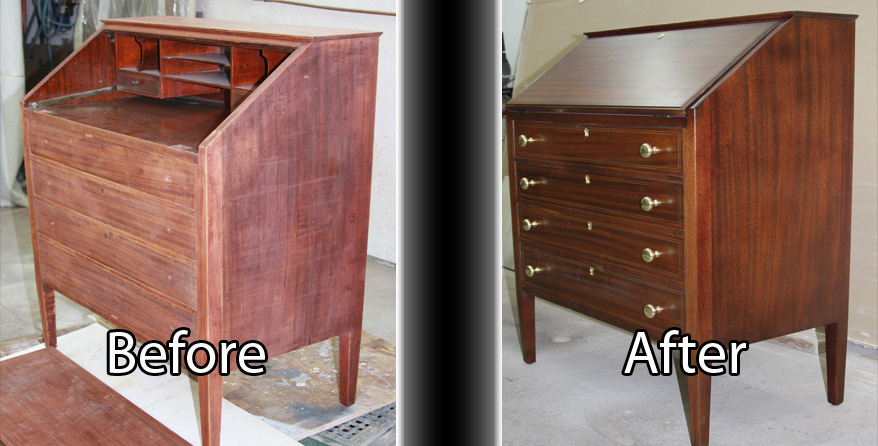Buzz Haven: Your Source for Trending Insights
Stay updated with the latest buzz in news, trends, and lifestyle.
Rescue and Revive: Breathing Life into Old Furniture
Transform your old furniture into stunning masterpieces! Discover tips and tricks to rescue and revive your beloved pieces.
Top 5 Techniques to Revive Your Old Furniture
Reviving old furniture can bring a new lease of life to your home while also being an eco-friendly choice. Here are the top 5 techniques to restore your beloved pieces:
- Refinishing: Sanding down the surface and applying a fresh coat of stain or paint can completely transform the look of your furniture. Choose a color that complements your decor for a cohesive feel.
- Reupholstering: Updating the fabric of your chairs and couches can add a pop of color and style. Consider bold patterns or textures for a modern twist, while still honoring the piece's original craftsmanship.
Continuing with our list, the next techniques include:
- Repairing: Fixing any structural issues is essential for longevity. Use wood glue for loose joints, and ensure legs are secure for proper functionality.
- Decorative Additions: Adding elements like new hardware, stencils, or decals can enhance the overall aesthetic. A simple update like replacing knobs can make a big difference.
- Creative Uses: Repurpose your old furniture in creative ways. For example, a vintage ladder can serve as a bookshelf, adding both charm and function to your space.

Step-by-Step Guide to Upcycling Vintage Furniture
Upcycling vintage furniture is a fantastic way to breathe new life into pieces that have seen better days. This step-by-step guide will walk you through the process, starting with selecting the right piece. Look for furniture that has a solid structure but could use a little TLC—think about items with scratches, outdated colors, or those that just don't fit your style anymore. Take the time to envision how the piece can be transformed, and make a list of the materials you’ll need for the project, such as paint, sandpaper, and new hardware.
Once you've chosen your furniture and gathered your supplies, it’s time to begin the transformation. Step 1: Clean the piece thoroughly to remove any dust and grime. Step 2: Sand any rough areas to ensure your paint or finish adheres well. Step 3: Apply a primer if you’re painting, letting it dry completely before you move on to your chosen color. Finally, Step 4: Add your finishing touches, like new knobs or stencils, to give your vintage furniture a unique flair. Remember, the beauty of upcycling lies in creativity, so feel free to personalize each step to match your style!
How to Choose the Right Paint and Finish for Furniture Restoration
Choosing the right paint and finish for furniture restoration is crucial for achieving a professional-looking result that enhances the beauty and longevity of your pieces. First, consider the type of wood and its condition. For instance, hardwoods like oak or walnut may benefit from a stain that highlights their natural grain, while softer woods might require a solid color paint to hide blemishes. Research different types of paint available, such as latex, chalk, or oil-based, as each has unique properties. Oil-based paints typically offer a harder finish, while chalk paints are renowned for their matte appearance and ease of use. Always test a small area before committing to a full application.
Next, after selecting the right paint, focus on the finish to protect your furniture restoration project. The choice of finish will largely depend on how the furniture will be used. For items that experience high traffic, like dining tables, consider using a polyurethane finish for durability. On the other hand, if you desire a softer look, wax or water-based finishes can offer a beautiful sheen while remaining easy to reapply over time. Always ensure proper ventilation when applying finishes, and allow adequate curing time to achieve optimal results.